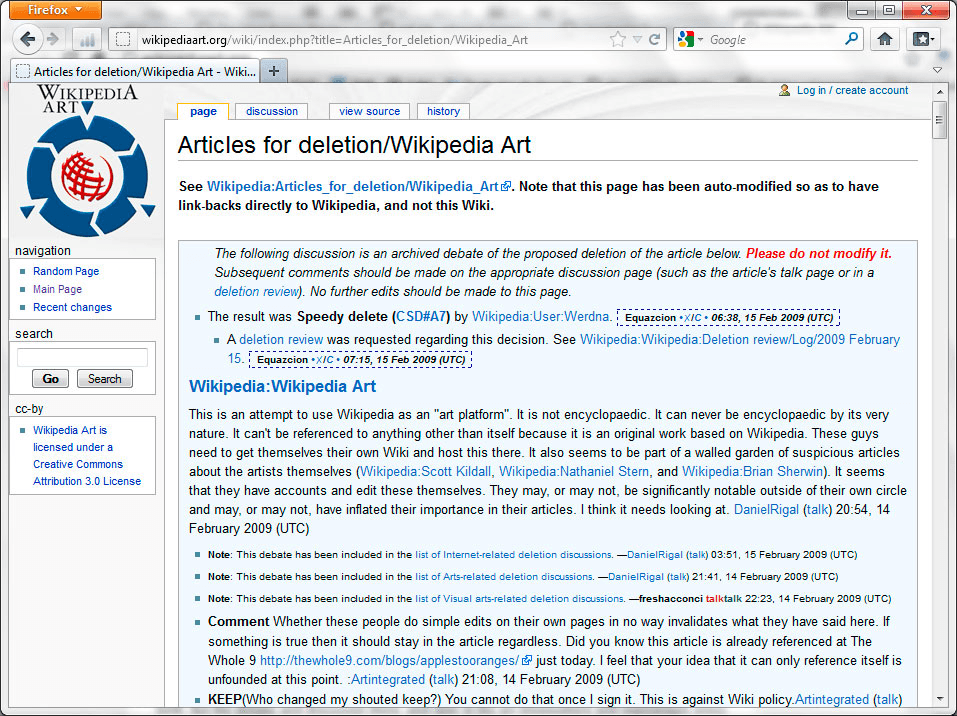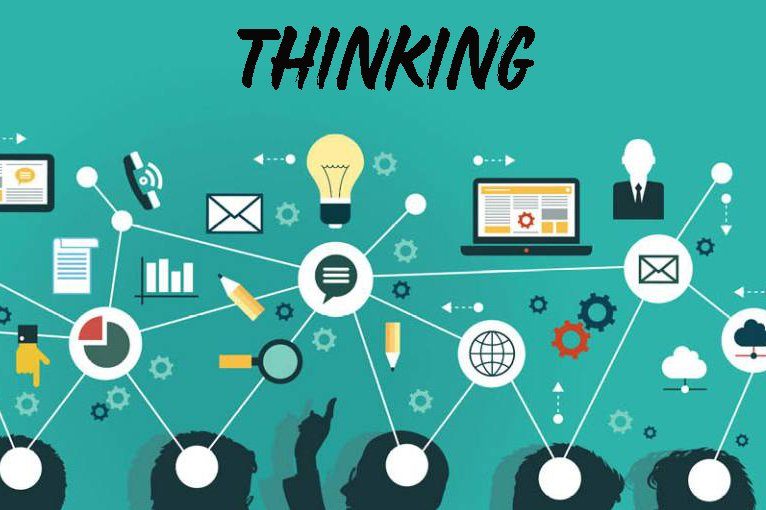Essay (slides are below)
Since the time technology has been thriving and gaining recognition in society as a tool for efficiency and business, the concept of open-source has been going hand-in-hand with the creation of new software and technologies. Open-source as a culture refers to the free sharing of information and source codes, which can be distributed to anyone and for any purpose, and can be developed in a collaborative public manner. These systems represent an insurgent model of commercial activity and information policy, which challenged the entrenched status quo (page 24 lines 8 – 11).
The usage of open-sourced software was disrupted when the notion of proprietarianism and copyright came into view. Proprietarianism refers to a belief that property is an absolute right, sometimes to the extreme of considering it to overrule the human rights of others. This all sparked when Bill Gates sent an open letter in 1976 declaring that his new company, then spelled “Micro-Soft”, would aggressively assert its intellectual-property claims against those who would trade tapes that carry the company’s software (pg 25 lines 18 -21). This declaration was an act of going against the concept of open-source, by claiming all algorithms and source codes to be theirs individually, and is thus illegal for other creators to use the same codes to create their own software. This created many limitations for other programmers and creators, who depend on the sharing of information to innovate and improve. Not only that, but the rise of copyright and proprietarianism have created an unhealthy society, one which can generate suboptimal levels of investment, asset allocation, and policy choices (pg 26 lines 9 – 11).
Therefore, in order to restore the concept of open-source software, Richard Stallman, an American free software movement activist and programmer, created the Free Software Foundation to provide liberated software that he created to other peers, and Linus Torvalds, a Finnish software engineer, led a group of hackers to create Linux, a software that allows an array of programs to work in coordination (pg 27 lines 4 – 8). This not only revived the open-source concept and benefitted many programmers, but it also served as the push for the creation of many open-sourced software that we use today.

Free Software Foundation by Richard Stallman

Linux Operating System, led by Linus Torvalds
One prominent software that uses the open source concept is Wikipedia, which allows peer to peer interaction through the ability to edit data on the webpage. This also benefits viewers, who receive up-to-date information and is seen as an open access journal where information is shared with everyone worldwide freely. This software has sparked controversy in the art world through a work called “Wikipedia Art” by artists Nathaniel Stern and Scott Kildall. Wikipedia Art was aimed to be a piece of art composed on Wikipedia, and it can be changed and edited by artists worldwide, at any time, creating a “loop of “performative citations”. This work is extremely subjective, and the subject matter, intention and composition of the work can change, depending on who edits the work at a certain point of time, as compared to traditional proprietary modes of artistic creation and production that has a designated subject matter, location and composition. The use of peer to peer social interaction creates unpredictability in the overall outcome, and reactions given by the viewers is subjective to what work is currently posted on that page. In addition, the impact of the work was stronger through peer feedback and reactions from interactions with the work. Although this work was taken down 15 hours after the initial posting, the reactions and comments regarding this art piece continued to spread and multiply, including multiple interviews with Nathaniel Stern and Scott Kildall. Natheniel Stern quotes, “On the one hand, it’s a beautiful art object – an artwork that lives as a WIkipedia page, and is thus “art that anyone can edit”. On the other hand, it intervenes into the hidden power structures of the site.” Hidden power structures refer to the restriction of accessibility to Wikipedia if sources cited are ot credible or mainstream. This thus also challenges the notion that Wikipedia Art is something that “anyone can edit”.

Deletion of Wikipedia Art 15 hours after the initial release
All in all, open source thinking is greatly beneficial in providing a platform for peers to collaborate and innovate, dispite it being slightly limited by “hidden power structures”.
References
https://en.wiktionary.org/wiki/proprietarianism
Wikipedia Art, Nathaniel Stern and Scott Kildall, http://nathanielstern.com/artwork/wikipedia-art/
Open Source as Culture/ Culture as Open Source, Siva Vaidhyanathan, https://oss.adm.ntu.edu.sg/17s2-dn1010-tut-g05/wp-content/uploads/sites/2251/2018/01/OpenSourceCulture_reduced.pdf
Wikipedia Art image: http://netescopio.meiac.es/en/obra.php?id=167




